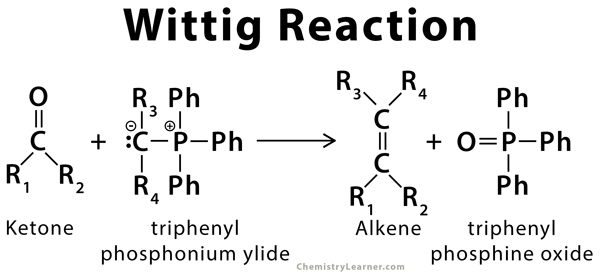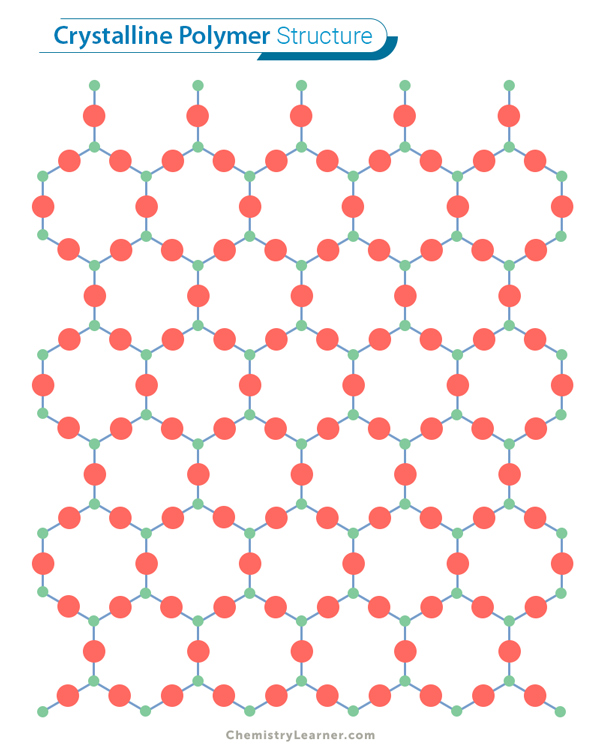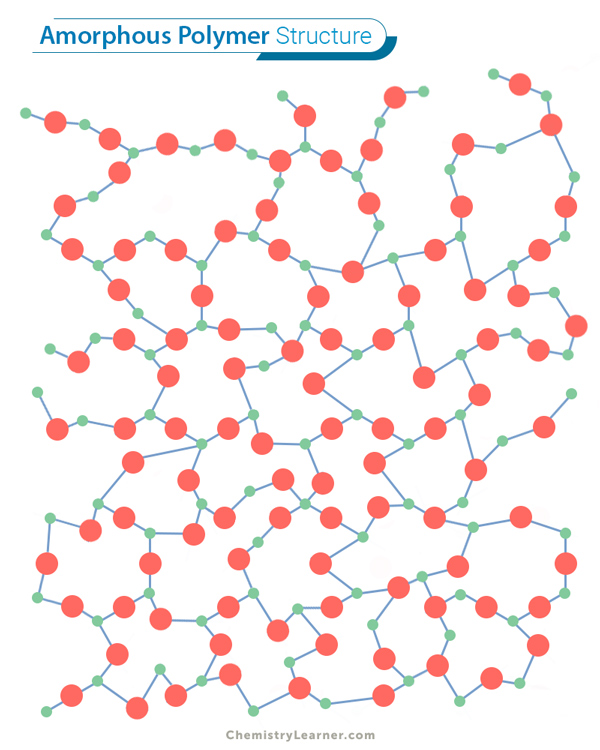Wittig Reaction
Definition: What is Wittig Reaction?
Witting reaction is a tool for organic synthesis of an alkene. It is a type of chemical reaction which is used to produce alkene from aldehyde or ketone. During this reaction, a ylide is added to the aldehyde or ketone, and the double bond is formed precisely in the same position as it was in the original carbonyl compound. Ylide is defined as a compound with opposite charges on adjacent atoms, both of which have complete octets. The ylide used in this case is triphenylphosphonium, also called Wittig reagent [1-4].
Example of Witting Reaction
Mechanism of Ylide Preparation [5,6]
Mechanism of Wittig Reaction [5,6]
Mechanism of Witting Reaction
Uses, Applications, and Importance of Wittig Reaction
The witting reaction is the most general method for the synthesis of alkenes. The reaction is still a relevant area of study today due to its selective capabilities and ability to be performed in moderate conditions.
- References
- Definition and mechanism – Name-reaction.com
- Definition and mechanism – Byjus.com
- Definition and mechanism – Chem.ucalgary.ca
- Definition and mechanism – Chem.libretexts.org
- Mechanism – Masterorganicchemistry.com
- Mechanism – Organic-chemistry.org







